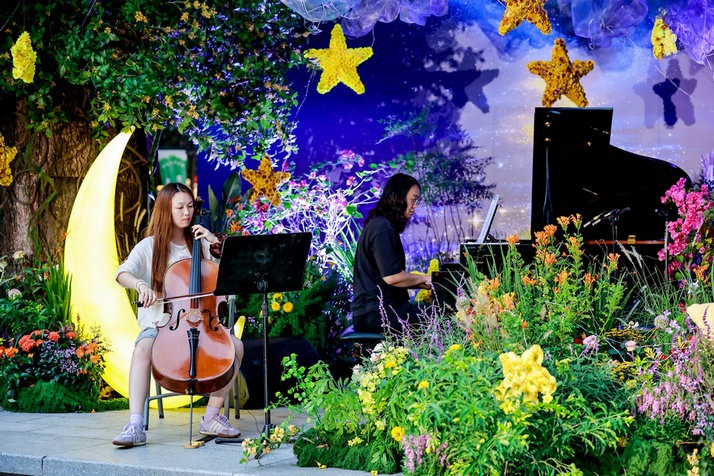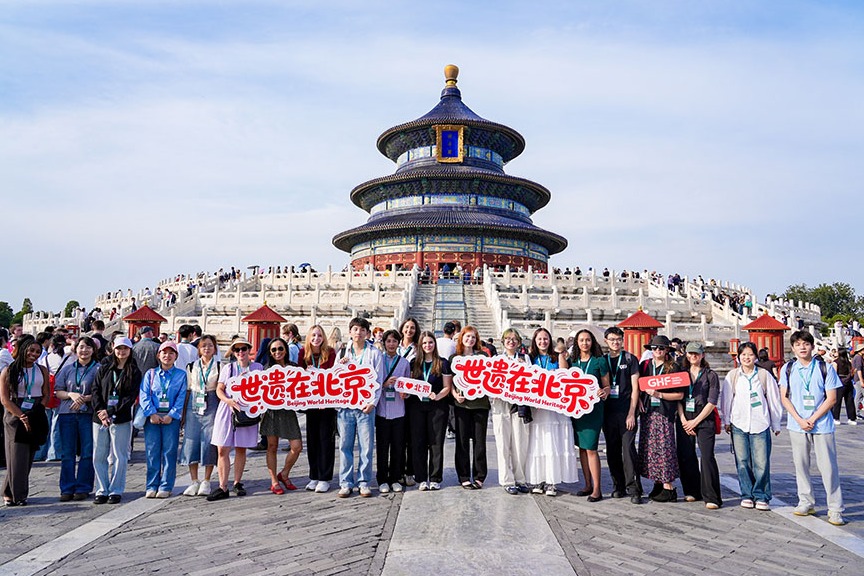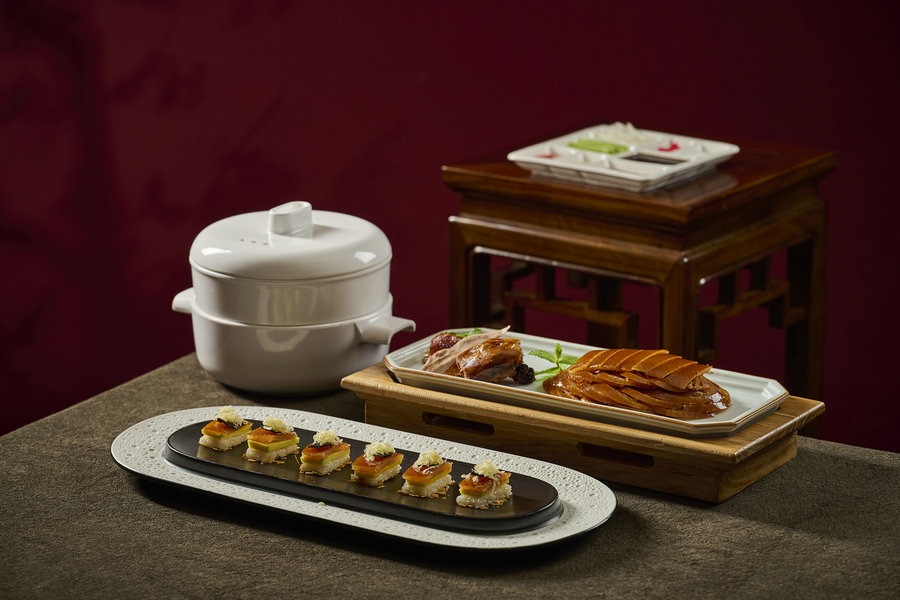Imperial exhibition attracts a large audience in Athens

The unprecedented exhibition on Chinese emperor Qianlong (1711-99), currently running at the Acropolis Museum in Athens, has attracted over 50,000 visitors, offering a memorable experience of the culture and history of China, says Dimitrios Pandermalis, president of the museum.
"People are very excited about what they have seen here. I think it is very important for the Greek audience to have, for the first time, a real view of China's history and a person who was an excellent ruler and artist-something unusual for leaders," Pandermalis says.
The temporary exhibition, From the Forbidden City: Imperial Apartments of Qianlong, was inaugurated in September in partnership with Beijing's Palace Museum. It will be on display until Feb 14 next year.
Pandermalis sees the collaboration between the Acropolis Museum and the Palace Museum as excellent and fruitful, adding that such synergies bring the two cultures closer and broaden Sino-Greek relations.
Last week, 12 important artworks were withdrawn due to the fragility of the materials from which they are made. They were replaced by 12 other pieces, offering a fresh look at the exhibition.
"This was necessary for conservation reasons. We changed mainly the ceremonial robes, costumes and some other minor objects. I think this gives the exhibition another flavor," Pandermalis notes.
Drawing inspiration directly from the palaces of the Forbidden City, visitors can travel through time to the Palace of Many Splendors (Chonghua Gong), the palace where the emperor used to live when he was an imperial prince, to admire the bedroom with the beautiful decorations of golden flowers, the emperor's study desk made of red sandalwood and the statues that reveal his devotion to Tibetan Buddhism.
"The visitors get a first impression of the symbolic objects and the environment of the Chinese tradition," Pandermalis says.
Pandermalis believes that the dialogue between the two cultures can continue after the end of this exhibition. To enhance the cooperation of the two museums, he suggested that both sides share their experiences in other fields of expertise.

































